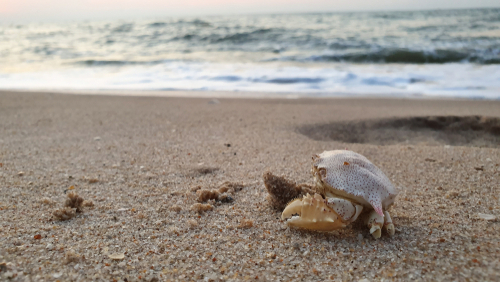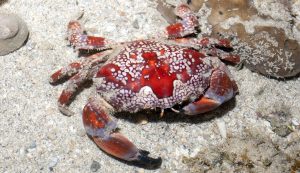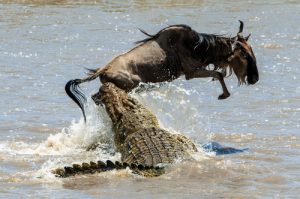
Toxic crabs are one of the most poisonous animals on the planet they are known as alluring assassins the can cause mass murder within minutes. Just one of these small crabs cooked in a crab platter or soup could easily kill 50-70 people. This is not a crab species you want on your menu.
They are from the coral creeping crab family called Xanthidae and it contains two of the deadliest crabs the Mosaic and the Toxic Reef (Zosimus aeneus) also known as the Devil Crab.
The Most Toxic Crabs
The Mosaic Crab (Lophozozymus pictor) pictured below is recognised as the worlds most deadly. Even its shell will kill you as it contains saxitoxin. Gram for gram, one of these is 1,000 times more deadly than cyanide!

Mosaic reef crab Lophozozymus pictor is the worlds most deadly
Image Credit: Ria Tan CC BY-NC-ND 2.0
Quick Toxic Crabs Facts:
The toxin saxitoxin is listed as a grade one chemical weapon under the UN Chemical Weapons Convention! It was reputedly used by the CIA in suicide pills given its fast action and lack of an antidote.
These crabs are normally found in the South Asian ocean near reefs. The Mosaic Crab is commonly found near Singapore. The Toxic Reef Crab is found in the Australian Reefs.
The other main toxin they contain is Tetrodotoxin is famously found in pufferfish. However, the Puffer can be eaten if prepared by an expert chef and is known as Fugu.
Most are small which means they rarely get into the human food chain.
There are no easily identified statistics on deaths from crab poisoning each year, however, it is considered serious enough for the US National Library of medicine to have published papers on this. You can read one here.
If you are unlucky enough to ingest one then you have up to five minutes left so use them carefully!
So there you have it our Five Minute Overview of Toxic Crabs, something which definitely shouldn’t be on your menu. Before you go why not spend another five minutes with us and try some of our quizzes or have a look at some of our other education pieces or other areas of our site. Better still why not join our growing community it’s free and could be very rewarding going forward.





